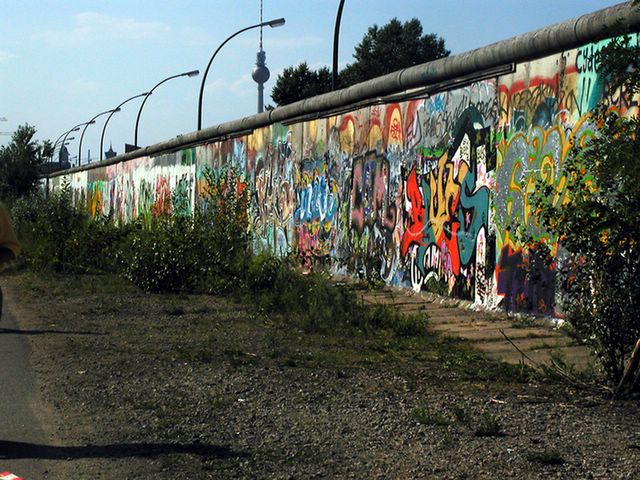Afrikaner nationalism is a political idea that started in the late nineteenth century among Afrikaners. Afrikaners are a South African ethnic group that are descendants of the Dutch settlers that first tried to colonize South Africa. Their main language is Afrikaans. There was a ton of tension between the Afrikaners, especially during the Boer wars. The South African Border War took place from 1966 to 1989. The South African Army invaded Angola in the 1970's .
Nelson Mandela attended primary school in Qunu, where his teacher, Miss Mdingane, gave him the name Nelson, because of the custom of giving all schoolchildren “Christian” names. He completed his Junior Certificate at Clarkebury Boarding Institute and went on to Healdtown, a Wesleyan secondary school. Mandela began his studies for a Bachelor of Arts degree at the University College of Fort Hare but did not complete the degree there as he was expelled for joining in a student protest. On his return to the Great Place at Mqhekezweni the King was furious and said if he didn’t return to Fort Hare he would arrange wives for him and his cousin Justice. They ran away to Johannesburg instead, arriving there in 1941. There he worked as a mine security officer and after meeting Walter Sisulu, an estate agent, he was introduced to Lazer Sidelsky. He then did his articles through a firm of attorneys – Witkin, Eidelman and Sidelsky. He completed his BA through the University of South Africa and went back to Fort Hare for his graduation in 1943.
Nelson Mandela attended primary school in Qunu, where his teacher, Miss Mdingane, gave him the name Nelson, because of the custom of giving all schoolchildren “Christian” names. He completed his Junior Certificate at Clarkebury Boarding Institute and went on to Healdtown, a Wesleyan secondary school. Mandela began his studies for a Bachelor of Arts degree at the University College of Fort Hare but did not complete the degree there as he was expelled for joining in a student protest. On his return to the Great Place at Mqhekezweni the King was furious and said if he didn’t return to Fort Hare he would arrange wives for him and his cousin Justice. They ran away to Johannesburg instead, arriving there in 1941. There he worked as a mine security officer and after meeting Walter Sisulu, an estate agent, he was introduced to Lazer Sidelsky. He then did his articles through a firm of attorneys – Witkin, Eidelman and Sidelsky. He completed his BA through the University of South Africa and went back to Fort Hare for his graduation in 1943.
Nelson Mandela
South Africa Cape Town
I'm pretty sure these pictures explain everything you need to know about Rugby. 


